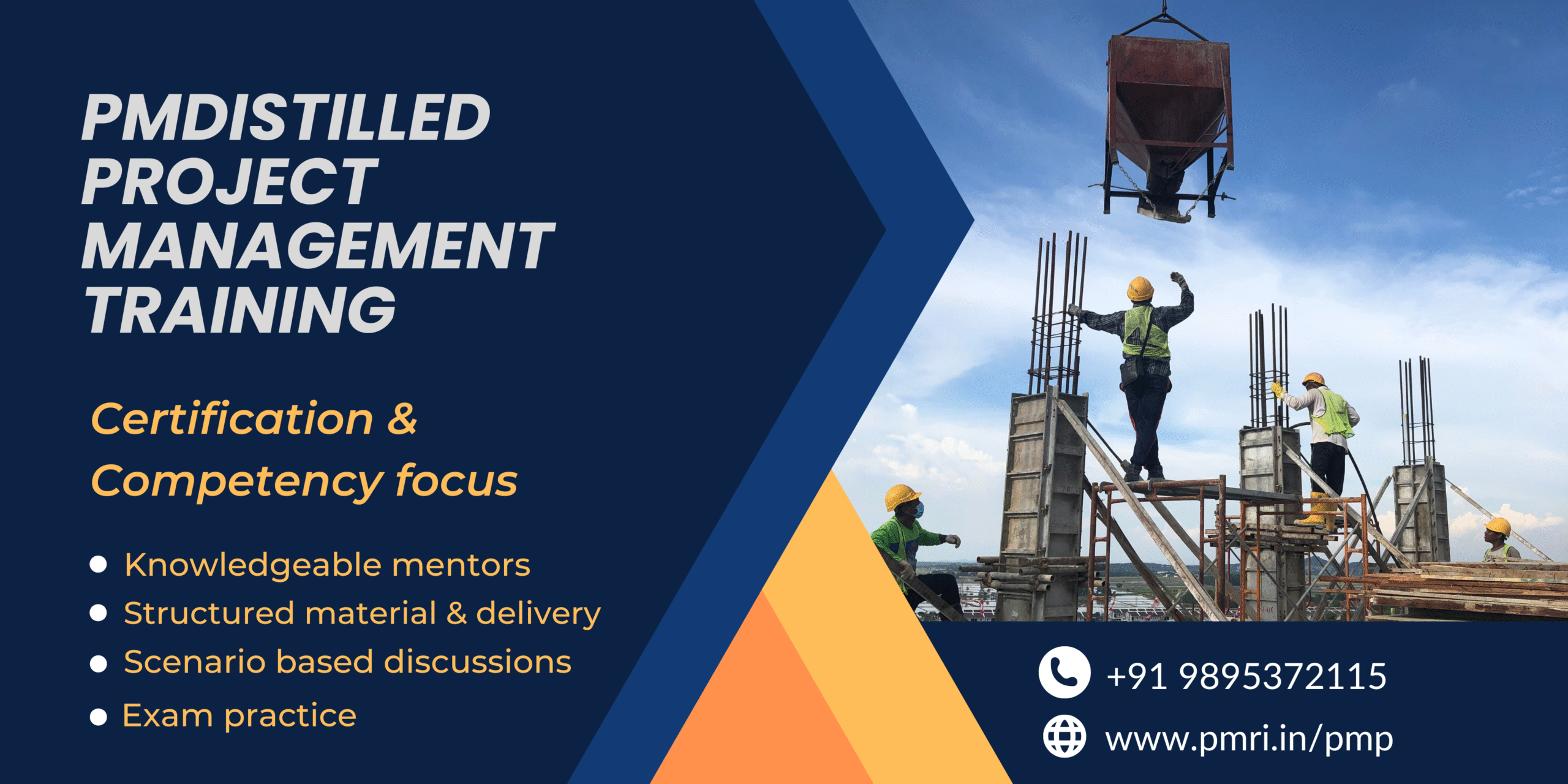
Controlling the schedule is crucial for ensuring that a project progresses according to plan and meets its deadlines. Here are key steps and techniques for effectively controlling project schedule:
- Schedule Baseline:
- Establish a schedule baseline that includes the project timeline, milestones, activities, dependencies, and critical path.
- Use the schedule baseline as a reference point to measure and manage changes to the project schedule.
- Schedule Performance Measurement:
- Monitor schedule performance against the baseline using key performance indicators (KPIs) such as planned vs. actual start and finish dates, percentage complete, and earned value.
- Conduct regular schedule performance reviews to assess progress, identify variances, and determine the root causes of schedule deviations.
- Variance Analysis:
- Analyze schedule variances to determine their causes and impacts on project performance.
- Differentiate between critical and non-critical activities and focus on managing deviations on critical path activities that directly impact project duration.
- Schedule Compression Techniques:
- Implement schedule compression techniques such as crashing and fast-tracking to accelerate project activities and recover schedule delays.
- Evaluate the feasibility and potential risks associated with schedule compression strategies before implementation.
- Resource Leveling:
- Ensure that project resources are effectively allocated and leveled to prevent resource overallocation and conflicts that may delay project activities.
- Adjust resource assignments and priorities to optimize resource utilization and maintain schedule adherence.
- Change Control Process:
- Implement a formal change control process to manage changes to the project schedule, including scope changes, resource adjustments, and timeline modifications.
- Document all schedule change requests, conduct impact assessments, and obtain approval from relevant stakeholders before implementing changes.
- Schedule Risk Management:
- Identify potential schedule risks and uncertainties that may impact project timelines, such as resource shortages, dependencies, and external factors.
- Develop risk response plans to mitigate schedule risks, including contingency plans, alternative strategies, and buffer reserves.
- Schedule Updates:
- Regularly update the project schedule to reflect changes, progress, and adjustments made during project execution.
- Ensure that the schedule is kept current and accurately reflects the latest project status, activities, and dependencies.
- Earned Value Management (EVM):
- Use Earned Value Management (EVM) techniques to integrate schedule performance, cost performance, and scope performance measurements.
- Calculate key EVM metrics such as Schedule Performance Index (SPI) and Schedule Variance (SV) to assess schedule efficiency and predict future performance trends.
- Schedule Reporting and Communication:
- Communicate schedule performance updates, forecasts, and risks to project stakeholders through regular status reports, meetings, and dashboards.
- Provide clear and concise information on schedule status, critical milestones, and potential impacts to facilitate informed decision-making and stakeholder engagement.
By implementing these steps and techniques for controlling schedule, project managers can effectively manage project timelines, mitigate schedule risks, and optimize resource utilization to ensure successful project delivery within established deadlines.

